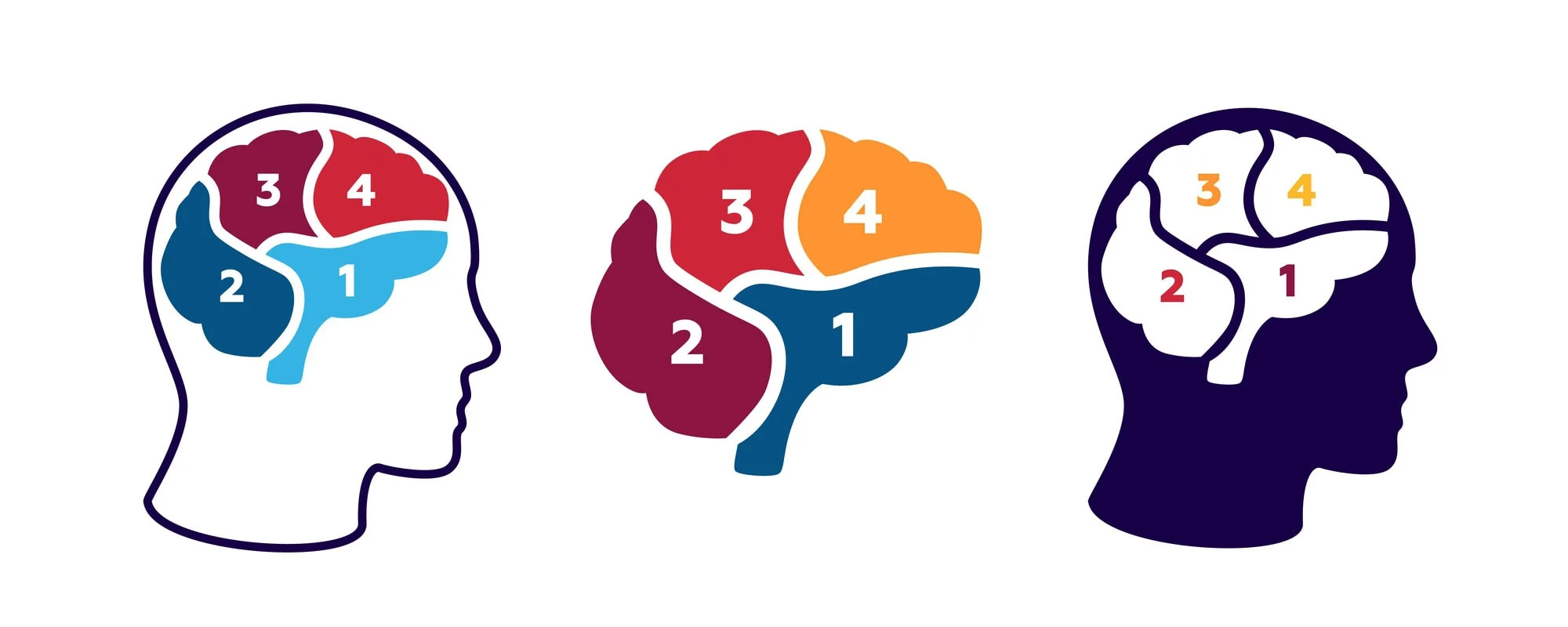![]()
The belief that teaching should cater to students’ preferred learning styles is a widespread notion, despite numerous studies disputing its effectiveness. This misconception continues to dominate classrooms and teacher training programs worldwide.
In the past, I too, like many educators, would include learning styles in my lesson plans. However, recent research challenges this approach, advocating for a shift towards teaching effective learning strategies that adapt to the demands of the task at hand.
The term “learning styles” refers to the idea that students learn best when taught through their preferred sensory modality, such as visual, auditory, or kinaesthetic (VAK/VARK). While this idea is attractive and straightforward, the latest research refutes it.
In a synthesis by Hattie & O’Leary, the average effect size for matching teaching to learning style preferences is a negligible d = 0.04, essentially having no impact at all – as shown in the table below. Correlational studies (r = 0.24) demonstrate weak links between style preferences and achievement, but they do not prove causation. The primary issue is that learning styles are often confused with learning strategies, leading teachers to plan lessons based on preferences rather than evidence-based practices.
Despite the evidence, learning styles continue to be a topic of discussion in teacher training, classrooms, and commercial professional development. In fact, many teachers still believe that teaching to learning styles is effective. This belief persists because it seems personal, supportive, and intuitive. Unfortunately, it lacks scientific backing, and worse still, labeling students by learning style can lower expectations and reinforce harmful stereotypes.
During my travels as a teacher trainer, I have found that primary teachers and those working in further education colleges still believe in the existence of learning styles. In contrast, secondary teaching colleagues tend to be more aware and up-to-date.
Teachers are not ignoring science; they are being misled by outdated ideas that feel good but cause harm. Instead, teaching should be rooted in strategies that are flexible, metacognitive, and responsive to task complexity.
Teachers should abandon VAK tests and anyone promoting them in teacher training sessions. Instead, teach students how to choose strategies that fit the task. Utilize tools like retrieval practice, self-questioning, dual coding, and spaced repetition. Encourage reflection: ask students to evaluate which strategy worked best and why (metacognition). Teach that there’s no “best way to learn” – just better strategies for different challenges.
Model this openly, and avoid reinforcing the myth by using terms like “visual learner.” Focus on task demands: Is this about remembering facts or applying concepts? Adjust strategies, and teach students to do the same.
Learning style theories might seem appealing, but they oversimplify the complexities of student learning. The recent surge of interest in promoting the correlates of learning styles is misleading, of little value, and should be resisted!




